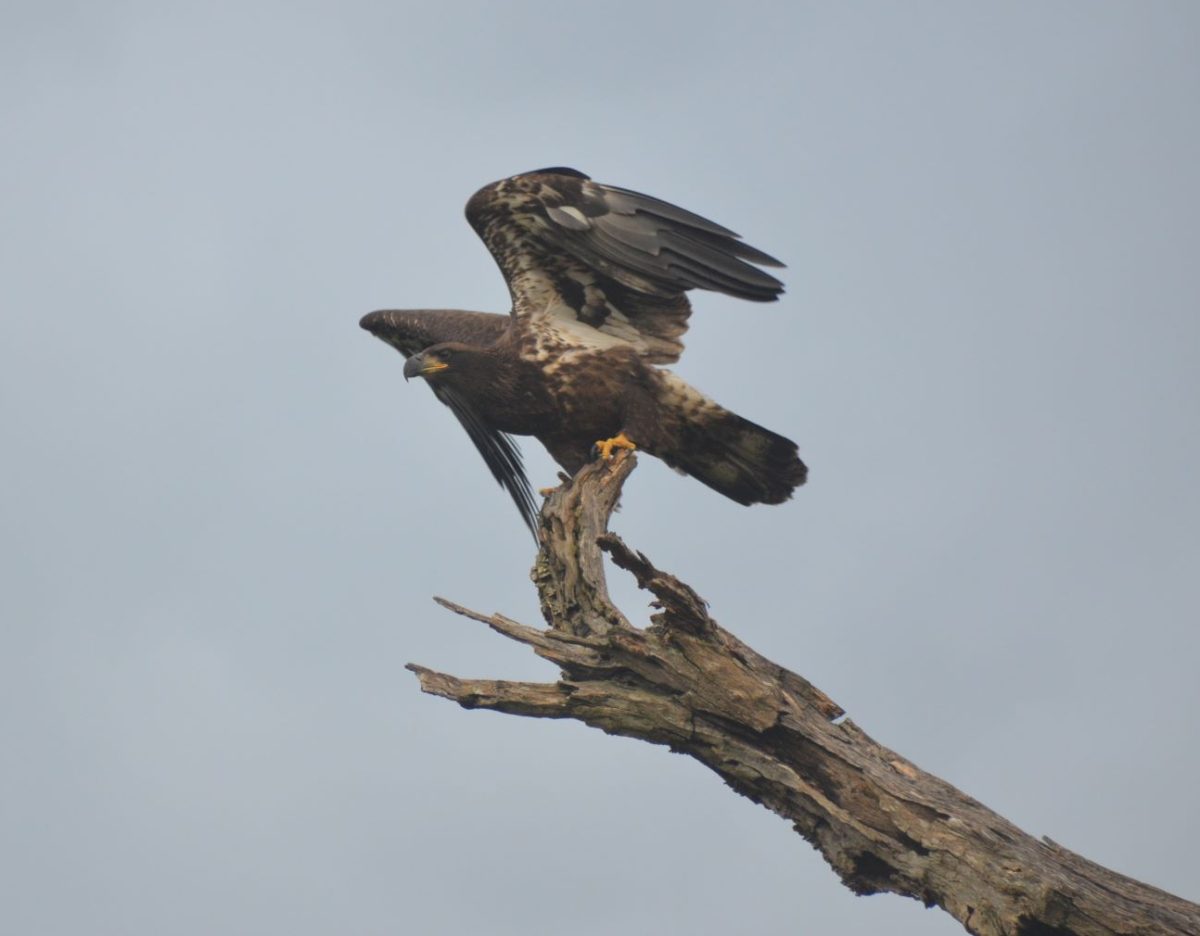We took Lane, our 5-year-old grandson with us to tag calves recently. He loves going with us and we love seeing things through his eyes. When we came up on a cow with a new calf his comment was, “Look, that cow has meat”. He was talking about the afterbirth, but it made perfect sense seen through his eyes.

I explained what the afterbirth was, and he said, “Okay, if a cow has meat, then she has a new calf”. Yep, he’s got it.

He thought it was extremely gross that this cow was eating her afterbirth. I have to agree. Probably about 75% of the cows eat some or all of the afterbirth. The most likely reason for that is to protect her calf from predators by reducing the smell of blood. Another possibility is that the cow craves the nutrition and protein she gets from the placenta.
The eagles are hoping the cows walk away from it.

Eagles are a fairly common sight all year round, but in the winter during calving season they line the trees along the creek overlooking the cows. The “meat” is evidently a delicacy. I have counted as many as twenty-one eagles waiting and watching.
I love the opportunity to take pictures of them!



Until next time!
Don’t forget to shut the gate!


























































































